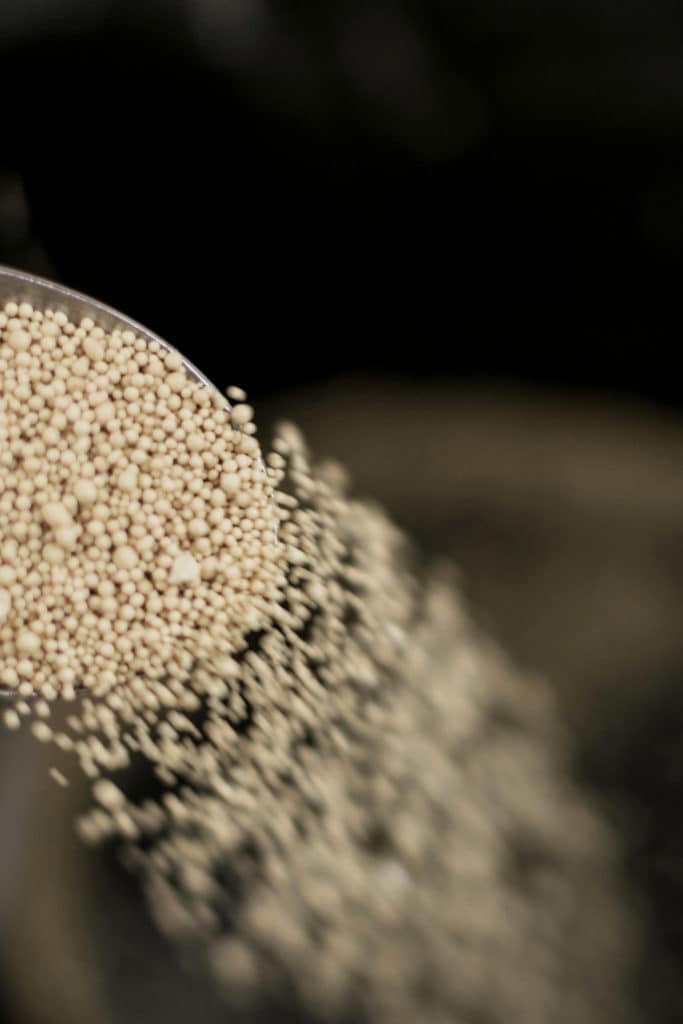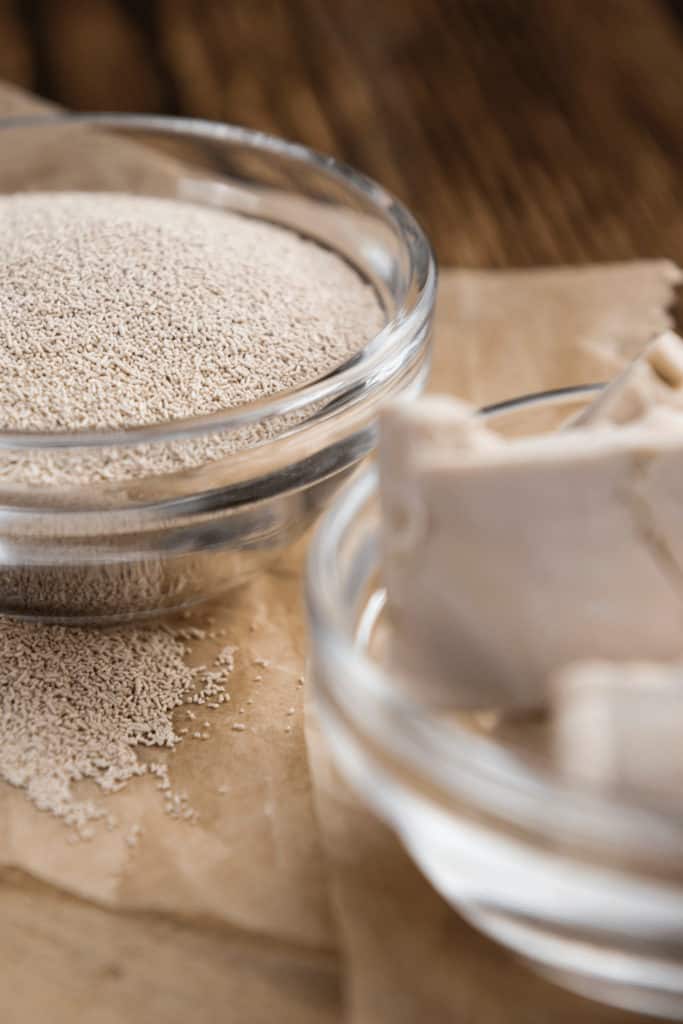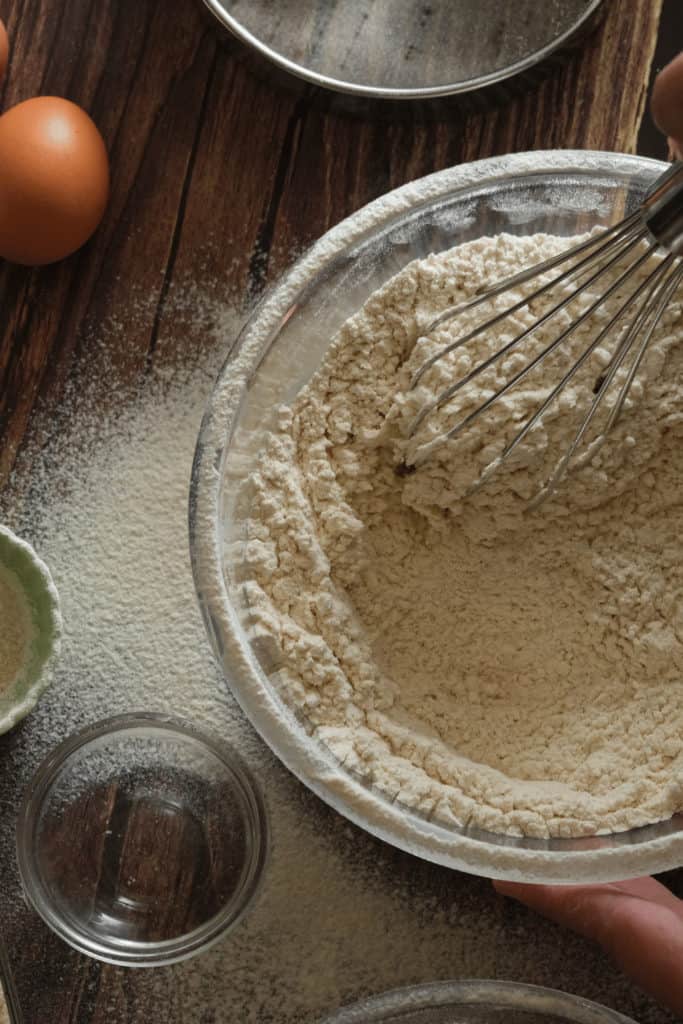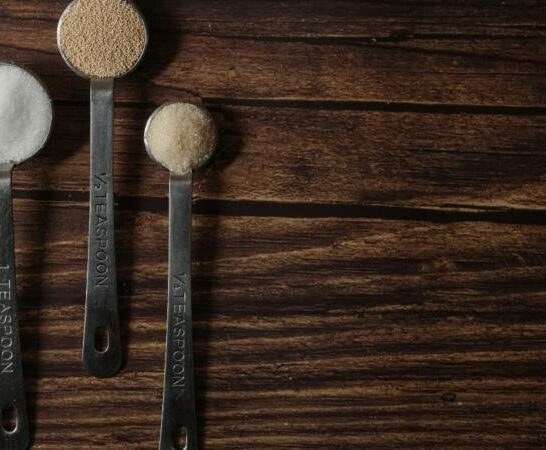When a recipe calls for a specific amount of dry yeast, do you know the conversions?
For example, what is in one of those small packets of yeast- and how many grams of yeast is in a common teaspoon?
If you bake bread or pastries, this is important information to glean.
10g Yeast to Tsp
10g of dry yeast is equal to 2 1/8 teaspoons. Also, a single gram of yeast is equivalent to about ¼ teaspoon, approximately. This applies to most powdered and granulated forms of dry yeast generally.

Do you know how to convert yeast from grams to teaspoons? Keep reading to find out more!
Dry Yeast
Do you like to bake bread? If you do, you likely have heard of and used Baker’s or dry yeast.
Dry yeast is a word used to describe quite a wide range of products, from fast-acting and rapid rise yeast to the more traditional Baker’s yeast.
While all do pretty much the same thing, buyers do have some choices in terms of brand, type, and amount.
Most yeast is sold in packets, though bakers may buy bulk yeast to measure their own for recipes.

If you are baking in the US, most recipes will call for increments related to the standard teaspoon and tablespoon; while others may measure yeast with a digital kitchen scale in grams.
Know that a single gram of yeast contains about one-quarter of an American teaspoon.
Unless you are baking commercially, use this as a rule of thumb when measuring yeast.

For bigger batches, know that ten grams of yeast are equal to a little over two standard teaspoons, perhaps closer to two and one-eighth teaspoons.
Proofing Dry Yeast when Baking Bread
Thinking of baking a loaf of bread? The first thing you must do is to prove your active dry yeast so that the bread rises.
The yeast must be proofed- combined with certain ingredients- before it is added to the other bread-making ingredients.
Generally, to proof your dry yeast, combine it with warm- but not hot- water, around a quarter cup.

To activate dry yeast use water at 105-115 degrees according to Everydaydishes.
The temperature is important because if the water is very cold or hot the dry yeast will not work.
Feed the yeast so it will start to work by adding a teaspoon of sugar and your packet- or another measure- of dry yeast.
Stir the yeast mixture gently and let it sit for up to ten minutes.
You will know that the yeast is working when you see bubbles or foam on the surface of the liquid.
Once the yeast has been activated, or ‘proofed’, go ahead and add it to the other ingredients in your bread dough recipe.

Dry Yeast and Baker’s Yeast vs. Quick Rise Yeast and Instant Yeast
Dry yeast is used as a term to describe a wide range of yeasts that are either in powdered or granulated form.
Quick rise, rapid rise, and instant yeast are more powdered in consistency and the particles of yeast are smaller than in Baker’s yeast.
When recipes call for active dry yeast, that typically refers to Baker’s yeast, which is widely available in most grocery stores in the baking aisle.
Think of it this way- the smaller the granules of yeast, the faster it will make your dough rise.
All these products work about the same- it is probably more important to check the expiration date for the yeast’s freshness than the actual type of yeast that you are using.
Old yeast can fail to rise and ruin a recipe- store packets of yeast in a cool, dry place.
The more that dry yeast is exposed to air and moisture, the more compromised it becomes.
Remember, yeast is perishable.
Keep it in an airtight container, ideally, and refrigerate for prolonged storage, up to three months according to food experts.
This ensures your yeast is still fresh when you need it for baking bread- or other culinary endeavors!
Frequently Asked Questions About 10g Yeast to Tsp
What is the difference between instant dry yeast and active dry yeast?
Instant dry yeast and active dry yeast are essentially the same. One- the instant dry yeast- is more finely ground than the other, making it a faster rise product.
How many teaspoons are in 10g of yeast?
There are approximately 2 1/8 teaspoons of dry yeast in 10 grams.
How many teaspoons is 10g?
In liquid measurements, ten grams is equal to two teaspoons of water. Grams and teaspoons are not interchangeable and require conversion depending on what you are cooking, preparing, or measuring. For instance, in terms of ten grams of dry yeast, it is equivalent to 2 1/8 teaspoons, so more than the previous liquid measure.
How many grams equal a teaspoon?
Nutritional labels often assert that a teaspoon is equal to four grams, but it may be closer to 4.2 grams, depending on what you are measuring.
How much is 1 gram of yeast?
1 gram of dry yeast is approximately ¼ teaspoon.
What is the metric equivalent of 1 teaspoon?
The metric equivalent to one teaspoon is 5 mL. The metric equivalent for one tablespoon is 15 mL.
What is one package of dry yeast equal to?
One packet of Active Dry Yeast, Instant Yeast, Rapid Rise Yeast, Fast Rising Yeast, Bread Machine Yeast- or other fast-acting dry yeast- weighs 7 grams, or 1/4 ounce and equals 2 1/4 teaspoons (11 mL), approximately.
Conclusion About 10g Yeast to Tsp
Making bread?
You will need yeast!
Use this information for easy conversion of yeast from grams to teaspoons- and vice versa- in the event you need to measure dry yeast for your recipes.
Remember, baking is based on science, so use precise measurements for the best results.

